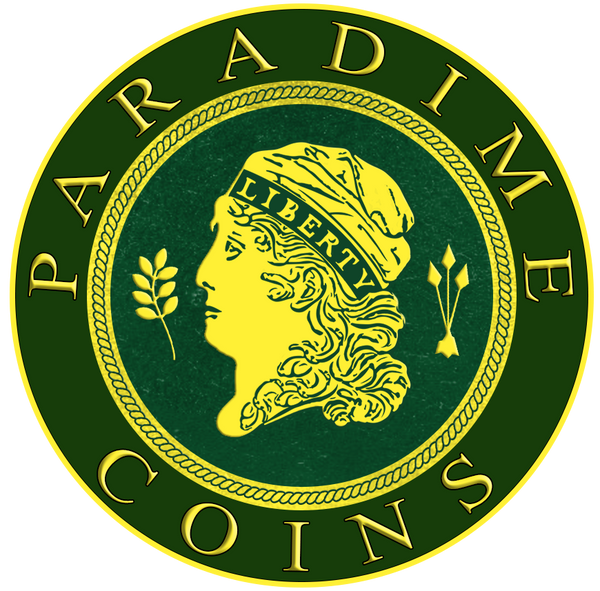1810 1C Restrike
Share
The 1810 1C Restrike, commonly referred to as the Classic Head Cent, represents an intriguing chapter in the annals of American numismatic history. This particular coin, minted in Philadelphia, is a product of the early 19th century and offers a fascinating glimpse into the mintage practices of the time.
Rarity and Mintage
The rarity of the 1810 1C Restrike stems from both its limited mintage and its unique production circumstances. The original mintage numbers for the 1810 Classic Head Cent indicate a modest output, but the exact mintage figures for the restrikes are generally harder to pinpoint. These coins are considered scarce in numismatic circles and command attention whenever they appear on the market. According to the Professional Coin Grading Service (PCGS), the coin has a noted PCGS number that helps collectors authenticate and verify its origin and condition. Although specific mintage figures aren't well-documented for the restrikes, it is widely accepted that they were produced in much smaller numbers compared to their regular-strike counterparts, contributing to their desirability among collectors.
Value and Market Performance
The value of an 1810 1C Restrike is significantly influenced by its condition, historical allure, and rarity. High-grade examples often achieve impressive sums at auction, far surpassing their original monetary worth. While specific sales figures may vary, coins graded in higher Mint State conditions can reach several thousand dollars at reputable auctions, reflecting their scarcity and collector demand.
Historical Context
The history of the 1810 Classic Head Cent deeply enriches its appeal. The Classic Head design, crafted by John Reich, marked a departure from earlier Liberty caps, exhibiting a youthful Liberty facing left with flowing hair and a more delicate facial expression encircled by the word "LIBERTY". On the reverse, the denomination "ONE CENT" is centrally positioned within a wreath, reflecting the distinct design motifs of the era. The restrikes of these coins are particularly noteworthy for their mystery and intrigue. Often produced by the mint at a later date, restrikes are believed to have emerged either as a result of fulfilling demand for specific issues or due to other unexplained minting practices. This historical nuance adds a layer of depth to their collectible nature.
Auction Highlights
Notable auctions have showcased the allure of the 1810 1C Restrike. These coins occasionally surface at prestigious auction houses like Heritage Auctions and Stacks Bowers Galleries without citing their auction information directly. Sales of these coins frequently attract high bids, underscoring their rarity and the fervent interest they garner among collectors.
Conclusion The 1810 1C Restrike exemplifies the fascinating intersection of rarity, historical significance, and collector enthusiasm. Its representation of early 19th-century minting practices, coupled with its limited availability, boosts its stature in numismatic collections. Collectors eagerly seek well-preserved specimens to own a piece of this intriguing numismatic puzzle, preserving its legacy for future generations.





